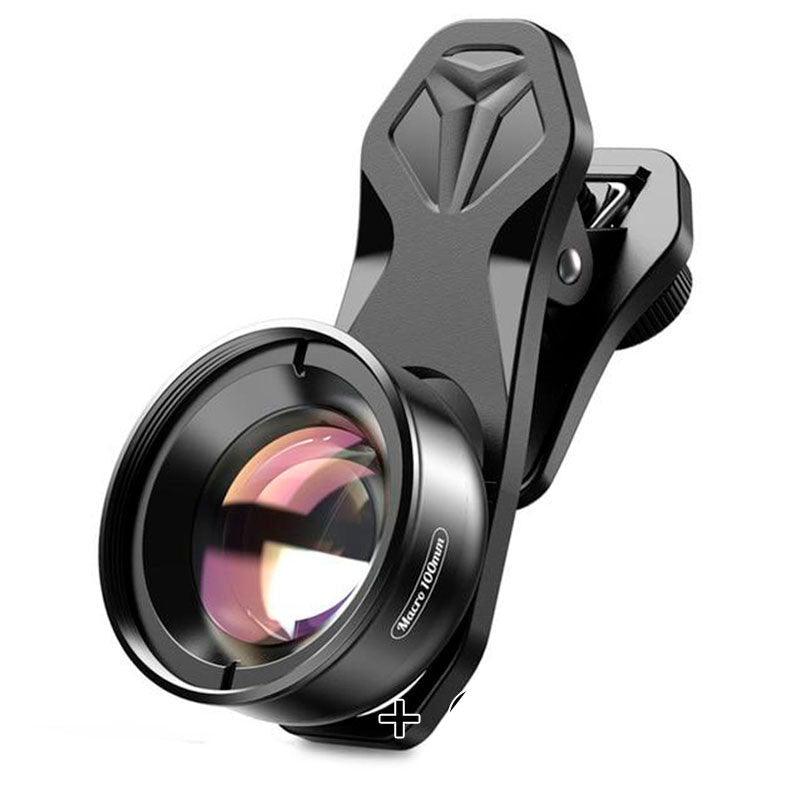Maintaining hygiene and safety standards in dental practices is paramount, especially when handling instruments for intraoral photography. Proper cleaning and sterilization not only protect patients and staff from potential infections but also extend the durability and functionality of essential tools like retractors, contrastors, and mirrors. Here's how to ensure these instruments are always ready for safe reuse.
Pre-Cleaning: The First Essential Step
Before any sterilization, thorough pre-cleaning is crucial.
- Rinse the instruments under running water with mild soap, avoiding brushes that can scratch or damage the surface.
- This step effectively removes tissue residues and contaminants, allowing subsequent sterilization steps to be more efficient.
Disinfection: Eliminating Harmful Microorganisms
After pre-cleaning, instruments must undergo disinfection.
- Use approved disinfectants or decontaminating solutions, soaking the instruments for 10–15 minutes.
- Ensure the disinfectant meets safety and efficacy standards.
Note: Contrastors are an exception; avoid chemical or cold sterilization for these tools. Clean them with mild soap and water only, steering clear of abrasive materials that may damage their surface.
Rinsing: Preparing for Sterilization
Once disinfection is complete:
- Rinse the instruments thoroughly with clean water to remove any leftover disinfectant that could irritate patients.
- Allow instruments like mirrors and contrastors to dry completely before autoclaving to prevent unsightly water spots.
Sterilization: Ensuring Complete Safety
Proper sterilization is a critical step for reusable instruments.
- Use an autoclave following the manufacturer’s guidelines.
- Recommended settings include a minimum temperature of 121°C for 20–30 minutes or a maximum of 135°C for 15 minutes.
- Ensure sterilization standards comply with safety regulations for dental practices.
Storage: Maintaining Sterility and Longevity
After sterilization, store instruments in specialized packaging or containers to preserve sterility.
- Keep contrastors in a dark storage area to prevent fading of black silicone caused by exposure to sunlight or bright light.
- Ensure storage areas are clean and dry to avoid contamination.
Regular Inspection and Maintenance
Routine checks and proper maintenance help extend the lifespan of dental instruments:
- Inspect for damage or wear, such as yellowing of clear retractors, scratches on mirrors, or fading of contrastors.
- Replace damaged tools promptly to maintain safety and efficiency.
- Schedule regular maintenance to ensure instruments remain in optimal condition.
Conclusion: Hygiene is Key to Patient Safety
Before use, always verify that instruments are sterile and undamaged. If there’s any doubt, re-sterilize them to ensure safety. Adhering to stringent hygiene and sterilization protocols is an integral part of professional dental practice. Regular inspections and maintaining cleanliness are the foundation of effective and safe operations in your dental clinic.
Looking for high-quality intraoral photography instruments?
Explore our collection of retractors, contrastors, and mirrors at DENTIPHOTO.COM with free worldwide shipping. Ensure safety and precision in every procedure with premium tools designed for professionals.













